100% Original Wholesale CPU Processor EPYC 7763 EPYC 7713 EPYC 7663 EPYC 75F3 Enterprise Level Server Central Processing Unit CPUS
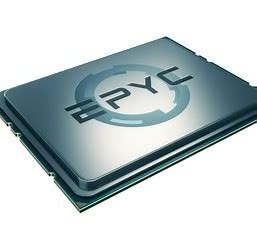
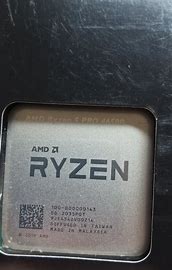
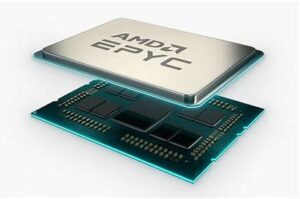
Here’s a detailed comparison table for the AMD EPYC 7763, 7713, 7663, and 75F3 (Milan series) processors:
| Specification | EPYC 7763 | EPYC 7713 | EPYC 7663 | EPYC 75F3 |
|---|---|---|---|---|
| Cores / Threads | 64 / 128 | 64 / 128 | 56 / 112 | 32 / 64 |
| Base Clock (GHz) | 2.45 | 2.00 | 2.00 | 2.95 |
| Max Boost (GHz) | 3.50 | 3.68 | 3.50 | 4.00 |
| L3 Cache (MB) | 256 | 256 | 256 | 256 |
| TDP (Watts) | 280W | 225W | 240W | 280W |
| PCIe 4.0 Lanes | 128 | 128 | 128 | 128 |
| Memory Support | 8-channel DDR4-3200 | 8-channel DDR4-3200 | 8-channel DDR4-3200 | 8-channel DDR4-3200 |
| Socket | SP3 | SP3 | SP3 | SP3 |
| Process Node | 7nm (TSMC) | 7nm (TSMC) | 7nm (TSMC) | 7nm (TSMC) |
| Launch Year | 2021 (Milan) | 2021 (Milan) | 2021 (Milan) | 2021 (Milan) |
| Target Use Case | HPC, Cloud, Virtualization | High-core density, efficient compute | Balanced HPC & enterprise | High-frequency workloads |
1. AMD EPYC 7763 – The Flagship Performance King
- Best for: High-Performance Computing (HPC), cloud virtualization, and demanding data center workloads
- Key Strengths:
- 64 cores/128 threads – Maximum core count in Milan lineup
- 2.45GHz base/3.5GHz boost – Balanced frequency for heavy workloads
- 256MB L3 cache – Massive shared cache for data-intensive tasks
- 280W TDP – Highest power envelope for peak performance
- Ideal Workloads:
- Scientific computing and simulations
- Large-scale virtualization environments
- Cloud infrastructure and SaaS platforms
- High-density container deployments
2. AMD EPYC 7713 – The Efficiency-Optimized 64-Core
- Best for: Energy-conscious data centers needing high core density
- Key Differentiators:
- Same 64 cores/128 threads as 7763 but with lower 2.0GHz base clock
- 225W TDP – Significant 55W power savings vs. 7763
- 3.68GHz max boost – Surprisingly strong single-thread performance
- Optimal Use Cases:
- Enterprise virtualization with power constraints
- Hyperscale cloud deployments
- Big data analytics platforms
- Cost-sensitive HPC environments
3. AMD EPYC 7663 – The Balanced 56-Core Workhorse
- Best for: General enterprise and HPC workloads needing strong but not extreme core counts
- Notable Features:
- 56 cores/112 threads – Sweet spot between core count and frequency
- 2.0GHz base/3.5GHz boost clocks
- 240W TDP – Middle-ground power efficiency
- Full 256MB L3 cache despite reduced core count
- Recommended Applications:
- Enterprise database servers
- Financial modeling and analysis
- Mid-range virtualization hosts
- Rendering and media production
4. AMD EPYC 75F3 – The Frequency-Optimized Specialist
- Best for: Latency-sensitive and single-thread dominant workloads
- Performance Highlights:
- 32 cores/64 threads – Fewest cores but highest clocks
- 2.95GHz base/4.0GHz boost – Best single-thread performance
- Same 256MB L3 cache as larger models
- 280W TDP – All power budget focused on frequency
- Target Workloads:
- Relational databases (SQL, Oracle)
- Real-time transaction processing
- High-frequency trading systems
- Game server hosting
Comparative Summary Table
| Feature | EPYC 7763 | EPYC 7713 | EPYC 7663 | EPYC 75F3 |
|---|---|---|---|---|
| Core/Thread Count | 64C/128T | 64C/128T | 56C/112T | 32C/64T |
| Frequency Range | 2.45-3.5GHz | 2.0-3.68GHz | 2.0-3.5GHz | 2.95-4.0GHz |
| Power Efficiency | Standard (280W) | High (225W) | Balanced (240W) | Frequency-optimized (280W) |
| Best For | Max throughput | Efficient scaling | Balanced workloads | Single-thread perf |
Selection Guidance:
- Choose 7763 for ultimate multi-threaded performance regardless of power
- Select 7713 when needing 64 cores with better efficiency
- Opt for 7663 for cost-effective balance of cores and performance
- Pick 75F3 when application performance depends on clock speed more than core count
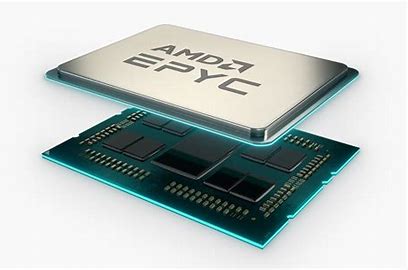
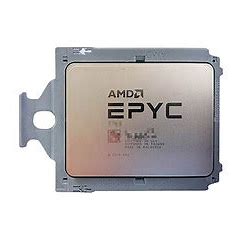
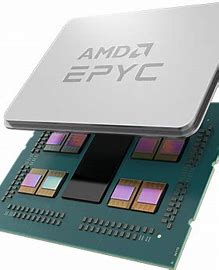
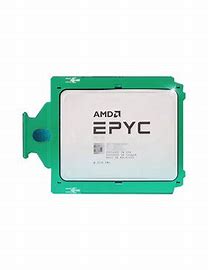
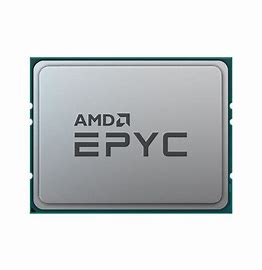
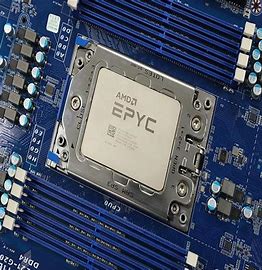
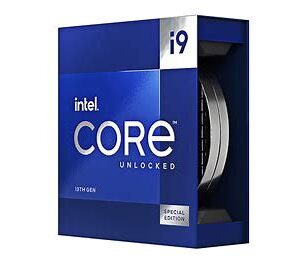

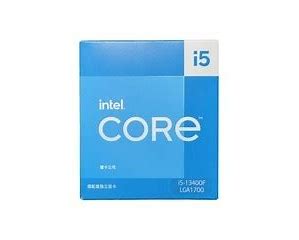
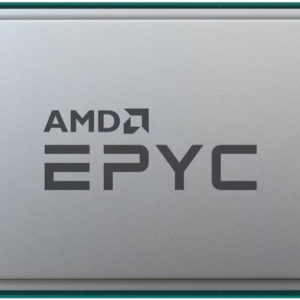
Reviews
There are no reviews yet.